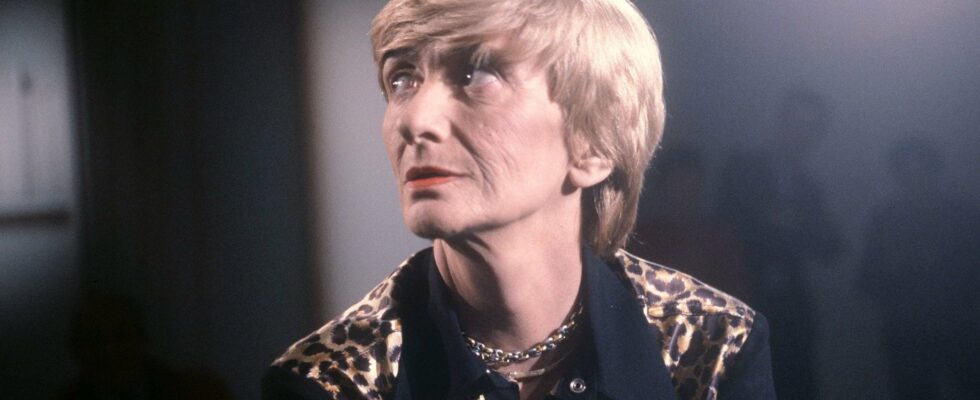And a birthday, or even two! 70 years of Hello Sadness and the 20th anniversary of the death of its author, Françoise Sagan. And publishing, eager for opportunities, to rush into this news with in particular the reissues of its first novel, Hello Sadnessat Pocket, and, at Livre de Pocket, from his last, The Lost Mirror, published in 1996, and his astonishing literary autobiography, Behind the shoulder. Launches which are of course done with “new prefaces”, duly announced on the cover. Ah, the new preface, a selling point that’s worth what it’s worth, that’s depending. That of Philippe Besson for Hello Sadness is pleasant. In the eyes of the author, the text of the famous “charming little 18-year-old monster” by François Mauriac is “a summary of ferocity, of muffled violence, of latent tension, of insatiable pessimism”… This woman, “who dances on the edge from a precipice”, “plays the merciless forensic pathologist of the bourgeoisie and explores the darkness of the human soul”, he continues, while warning: “Make no mistake, it takes incredible talent to write; on almost nothing, frivolity, the ineffable.”
This talent, Anne Berest, who signs the prefaces of the reissues of the Pocket Book, readily concedes to him. Here too, from the pen of the author of Postcard, well-felt qualifiers and empathetic reflections flow. After having mentioned “subtle resonances” between Françoise Sagan and Virginia Woolf, she highlights one of the great strengths of the author ofDo you like Brahms… what is “the passage from irresistible mockery to deep sympathy” towards his characters. Anne Berest also recalls how Françoise Sagan was porous to the judgments of the literary world, while noting that she was “its cruelest judge, the most incisive, implacably severe with her subject”. “If she continues, twenty years after her death, to fascinate us, to seduce us, to charm us, it is also through her sincere modesty,” she concludes.
Enough to make you want to (re)read the work of Denis Westhoff’s mother, who is obviously participating in the party with The Sagan Years. 1954-1985 (Ed. Gourcuff Gradenigo), full of 200 nostalgic photos as well as 19 key dates and as many events. We will not find an ounce of objection or reproach in the lady’s only son, but here and there a few nuggets, like the reminder of his travel diaries for She (“Travel makes me deaf, blind and almost terrified. The few weeklies who, counting on the freshness of a young eye, sent me at their own expense to distant countries quickly repented of it”) she wrote . Thus from his trip to Lebanon: “It was three weeks of boredom, I brought back a taste for water skiing and a hatred of toothpicks which men must only part with to sleep.” As for her film reviews for L’Express during 1960, she put an end to them by writing a final column on an imaginary film, Fingers in the nose.
Jaguar and speed, multiple moves, night trips, casino (“Playing is an inexplicable thing, a passion, a way of losing. A certain way of living.”), addiction to opioids after his car accident, incredible acquisition of the Breuil manor (paid in cash after having quadrupled the 8 by letting his winnings carry over to the Deauville roulette), first of Castle in Sweden, Manifesto of the 121, horses, Mitterrand, Llife goes by, in a whirlwind, hair-raising.
